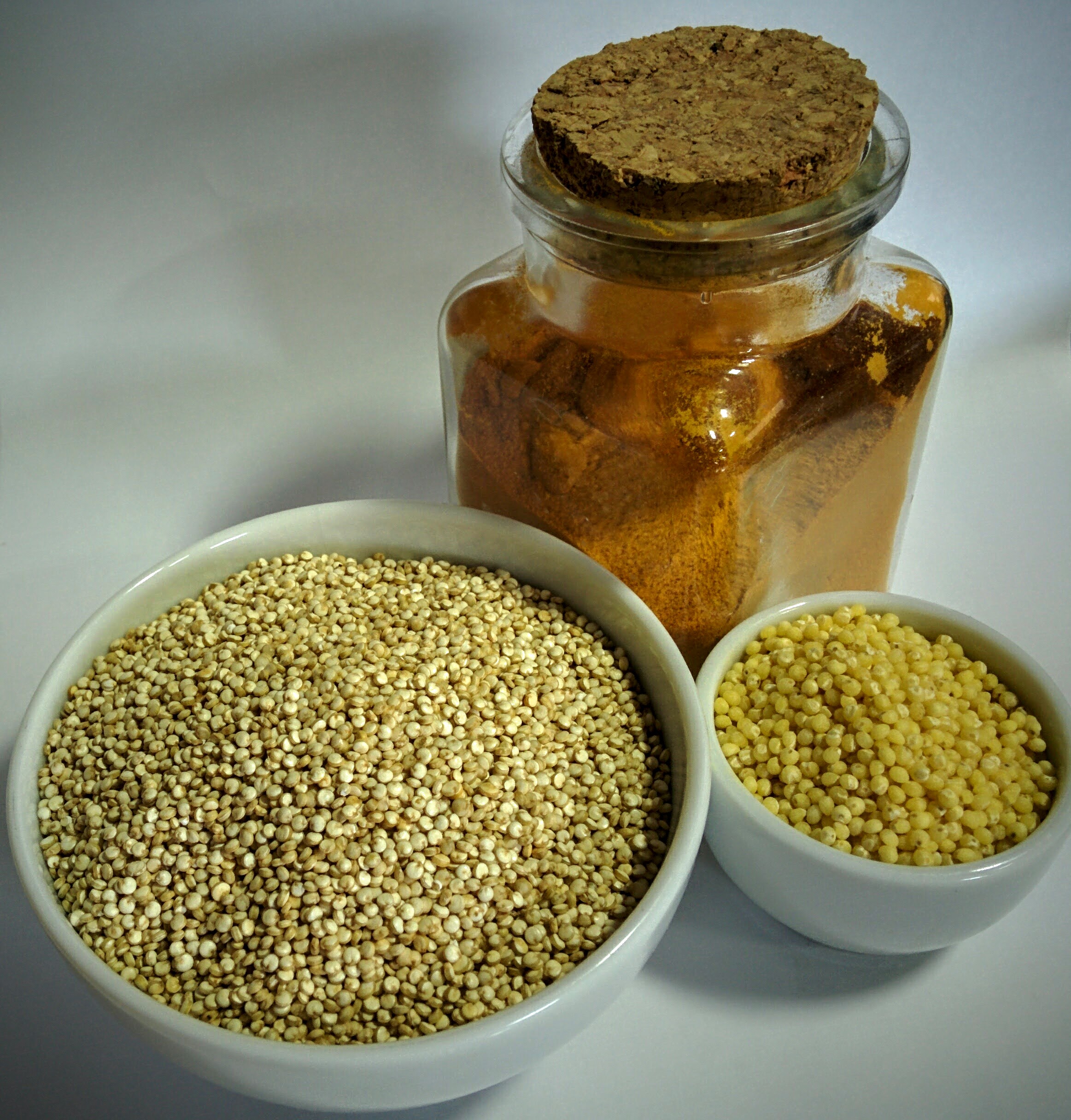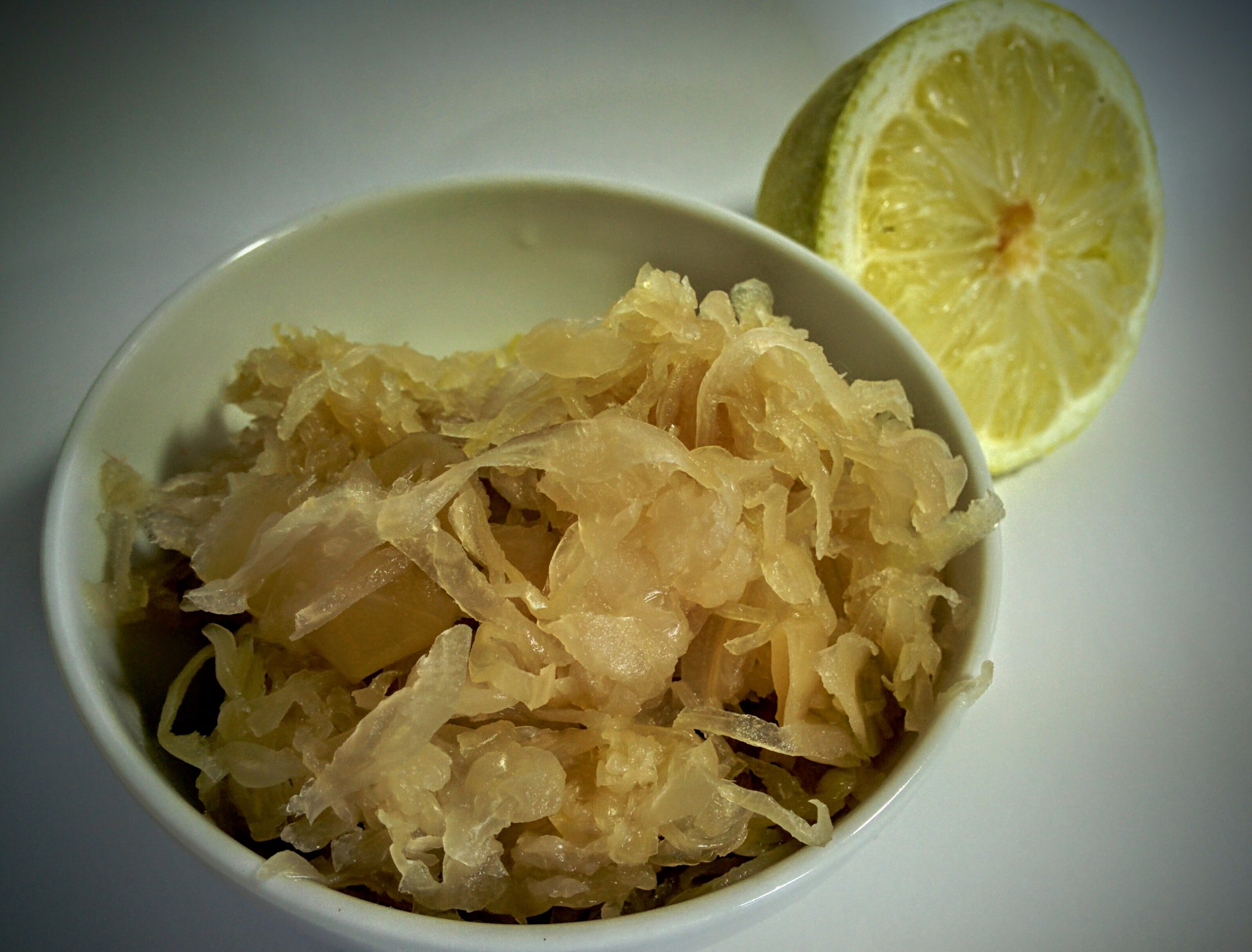We have seen how ki is naturally dynamic and it is expressed through tastes. Let us see which ones they are, their effects and characteristics.
On the one hand we have the PUNGENT and SWEET tastes, which channel energy in an upward and outward trend.
On the other hand, the SALTY, SOUR and BITTER tastes, channel the energy downward and inward in the body.
The tastes are connected to specific areas in the body:
- SOUR → influences the liver and gallbladder.
- BITTER → influences the heart and small intestine.
- SWEET → influences the stomach, spleen and pancreas.
- PUNGENT → influences the lungs and large intestine
- SALTY → influences the kidneys and bladder.
Ideally all the tastes should be present in our dish, in one way or another, so that the ki can flow freely.
Doctor Pérez-Calvo recommends that the 5 tastes should be balanced but the SWEET taste should always be predominant. Let us bear in mind that the SWEET taste is provided by whole grains and root and round vegetables (e.g. carrots, onions, cabbage, etc).
If you are weak or ill, we should increase the tastes belonging to the area of the body we want to strengthen and reduce the tastes that are not recommended in our condition. For example, in order to stimulate the liver, we will have foods which taste sour or slightly salty, and we will avoid pungent and reduce sweet.
Let us have a look at the PUNGENT and SWEET tastes.
THE PUNGENT TASTE

- Yin, expansive.
- It makes energy move and pushes it out of the body.
- There are hot, warm, cook and neutral pungent foods.
- The pungent taste nourishes the kidneys and bladder, but in excess it can have the opposite effect.
- Extremely pungent foods (alcohol, tobbaco, pepper, spices, paprika), stir up stagnated emotions. However later the liver dries up and it tightens up and emotions stagnate again: A vicious circle.
- In excess it causes headache and migrains. It can produce swelling, reddish areas, itching, tissue dryness and high blood pressure. It can cause uneasiness, nervousness and tension because it increases the yang of the heart and can alter the mind and perception.
- Some examples:
[table id=19 /]
- We should have mild pungent foods (e.g. oregano, bay leaf, mint, cardamom, cooked onion, cooked scallions, cooked spring garlic, saffron, turmeric, etc).
- Some pungent foods such as garlic, raw onion and cayenne pepper can worsen the condition of skinny, gaunt and nervous.
THE SWEET TASTE

- It strengthens the energy, moistens and lubricates.
- There are three groups within the sweet taste.
- FULL: strengthening (e.g. grains, vegetables, nuts, seeds and legumes).
- EMPTY: It has a cleansing effect, more than strengthening. (e.g. fruit)
- CHEMICAL: It has the opposite effect to the FULL taste, that is, it is acid forming, weakening and it depletes the body of minerals and internal structures (e.g. sugar, chocolate, honey, fructose, sweeteners, etc).
- It is a great enhancer of the stomach, spleen and pancreas.
- It should be the predominant taste in the plate (80%)
- You should avoid it if you are overweight and there is excessive humidity (mucus).
- Whole grains are good for everybody.
- The sweet taste is especially beneficial for people who are thin, nervous, skinny or weak.
- Some examples of sweet taste:
[table id=15 /]
Let us now have a look at the SALTY, SOUR and BITTER tastes:
THE SALTY TASTE

- It tends to move the energy downwards and into the body.
- It strengthens digestion and detoxifies.
- It is beneficial for the kidneys.
- It invigorates the mind and increases concentration.
- It is suitable for Autumn and Winter.
- If used excessively it generates cold and slows down the metabolism, it causes hypoglycemia and fluid retention, it constricts blood vessels and causes stiffness
[table id=16 /]
THE SOUR TASTE

- Contracting, absorbing and astringent (causes constriction and dryness).
- It dries and make tissues more firm. It can be corrosive if used excessively.
- It helps to absorb liquids and deflate.
- Boosts digestion
- Enhances perception
- Excessively it can demineralize, make you more yin, make tissues more loose and dry.
- The best sour taste products are lemon, rice vinegar, umeboshi vinegar and pickles.
- Most sour foods also have other tastes.
[table id=17 /]
THE BITTER TASTE

- It channels the energy downwards and it has cooling effect.
- Lowers the energy when there is an excess in the heart and the small intestine.
- It eliminates the excessive heat in the area of the heart. It cleans the arteries, mucus, cholesterol and fats.
- It tends to lower blood pressure (especially celery)
- This taste is abundant in the vegetable world. Except for coffee, the bitter taste is cooling one.
- Should not be abused. A small amount is enough.
- It is beneficial for overweight people or those who are lethargic, humid or have excessive heat.
- Some examples:
[table id=18 /]







